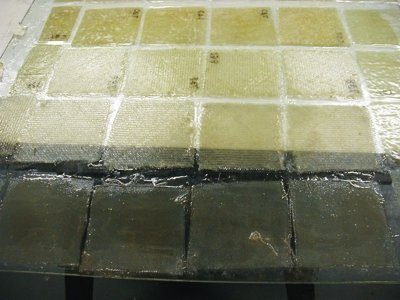Oh, so the wooden piece is not from Pearson? I was under the impression that it had been placed in between the hull and deck from factory. Did Pearson fiberglass the hull and deck together on the inside or is that something a previous owner did?
Do you have any idea how much/long a repair would take/cost? Never done fiberglass work but will need to learn it.
Thanks again for all of the helpful information.
Do you have any idea how much/long a repair would take/cost? Never done fiberglass work but will need to learn it.
Thanks again for all of the helpful information.





Comment